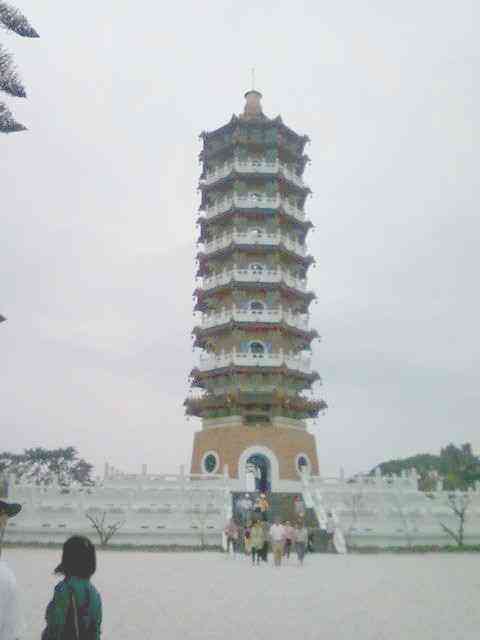Chinese Calendar and Year Notation
The Chinese calendar is traditionally based on the lunar calendar.
Year notation is a bit more complicated. In imperial times events were officially registered using the imperial year (see explanation below). Occasionally the cyclical calendar year (depended on) was used, depending on the purpose or event type.
With both the dates (days and months) were based on the lunar year.
Chinese Lunar Calendar
- The lunar calendar is actually a lunisolar calendar, that is, it
follows also some solar events. Otherwise, it is organized according to the moon
phases and has ten
months. Many Chinese festivals, traditional customs and activities
of the
Chinese people adhere to this calendar.
This lunar calendar is a seasonal calendar that is usually called "peasant or agriculture calendar" by the Chinese. It is still in use today, simultaneously with the solar calendar. The Lunar New Year and some other Chinese festivals and holidays still follow the lunar calendar dates, while a few follow the solar ones. - The Lunar Calendar is a one-year seasonal calendar based on the moon phases.
When it comes to the domestic calendar year or events notation, China has always used two different calendars. However, with each type of Chinese calendar the calendar year was always based on the lunar calendar. - Today, most Chinese use the lunar calendar and the solar calendar concurrently. Chinese traditional holidays, festivals, and seasonal events, are mainly based on the lunar calendar. Some social activities like weddings, funerals, and other important actions like moving house, etc. also depend on the traditional lunar calendar. However, some holidays do depend on the solar calendar.
Traditional Chinese Year Notation
|
Through the ages China has always used two different time recording methods. One was the imperial year notation, the other is based on the 60-year cyclical calendar, which itself is related to the 12-year zodiac calendar. Collectors of Chinese ceramics should have some basic understanding of both. Pottery marks on antiques may show either of these, although the imperial year notation (reign year) will be encountered more frequently. Cyclical calendar years are most often encountered on 19th and early 20th century items, especially 'qianjiang' style porcelain, where they are usually combined with text and the artist's name. |
 Sun-Moon lake pagoda |
- Imperial
year notation
With this sort of notation each time a new emporer ascended the throne the year count starts anew. Each time the new emperor ascent assumes a new reign name.
Example: Kangxi reign 1662 ~ 1722
Thus, the 15th year of Kangxi would be 1676 according to the western calendar. (Kangxi is the reign name)
Basically, this method served for long term historical event recording.
- In Taiwan this
method continues to be used widely, but instead of the emperor's name the term
'year of the republic' is used. The count started with 1912, the year the republic was proclaimed.
(For example 2017 is the Republic year 106.)
Note:Japan still uses the imperial year notation, starting to count years anew with each new emperor. This is still the main year counting method used domestically. For example: 2017 is the Heisei year 29)
- Cyclical
calendar year based on the Chinese zodiac calendar
(zodiac years or signs)
Years are rotated in a cycle combined with the five elements to form a cycle of 60 years, whereas the complete cycle is repeated after 60 years. See also Cyclical Calendar
Current year notation
China used the republic year until 1949. With
the 'Year of the Republic' counting started with the year 1912, the first
year after the republic was proclaimed. This was the year following the
demise of the Qing empire.
This type of year
followed the tradition of the old Chinese imperial year notation. (See above.)
Nowadays China uses the same year counting method as the west.
Taiwan
The Taiwanese population still mainly uses the 'Year of the Republic' (*). The western calendar year is mainly used by the government and for business or international matters.
Example: In Taiwan the year 2015 is the 'Year of the Republic' 104.
China
China has adopted western year notation. However, traditional festivals still follow the
lunar or agriculture calendar. In other words, the lunar calendar is applied for traditional Chinese festivals, etc.
Home » Chinese Calendar

